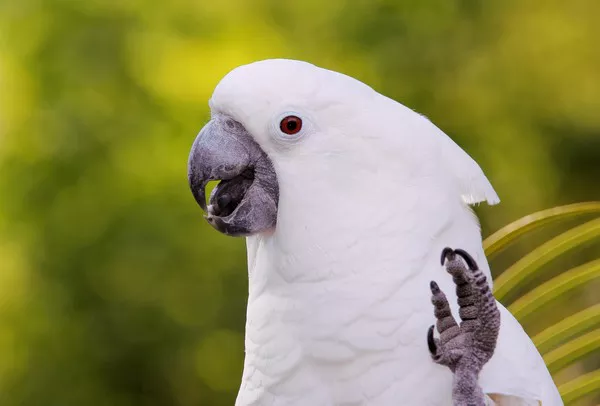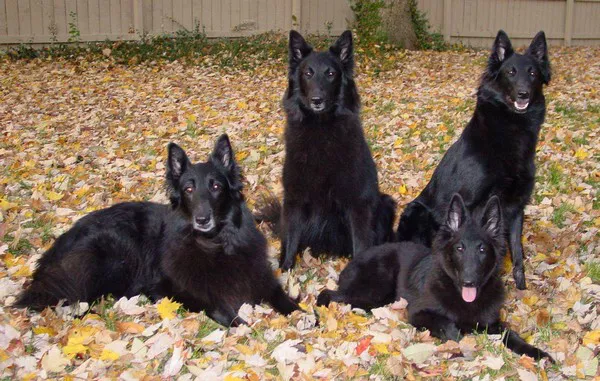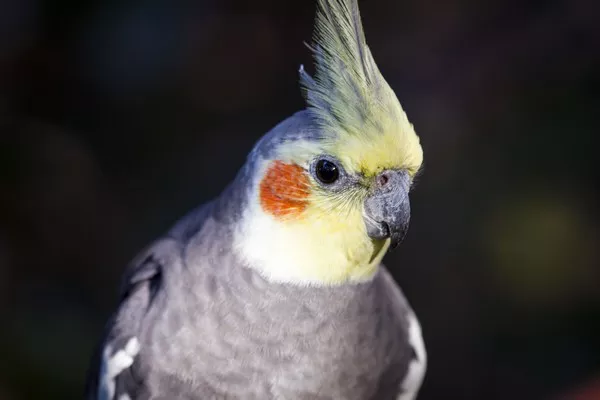The budgerigar, often known as the budgie or parakeet, is one of the most popular pet birds worldwide. Known for its lively personality, vibrant colors, and remarkable intelligence, it has captivated pet owners for centuries. Among the many different varieties of budgies, the spangle budgie stands out for its unique and striking appearance. While budgies are generally beloved for their playful nature, the spangle budgie has distinct characteristics that make it a particularly fascinating variety.
In this article, we will explore the spangle budgie in detail, providing information about its origins, physical traits, behavior, care needs, and tips for owning one as a pet. Whether you’re a seasoned bird owner or a first-time bird enthusiast, this guide will offer valuable insights into understanding the spangle budgie.
The Origins of the Spangle Budgie
To truly understand what the spangle budgie is, it’s important to first explore the history and origin of the species. The budgerigar, or Melopsittacus undulatus, is native to Australia, where it has been found in large flocks throughout the country’s grasslands and forests. Wild budgies typically have a green and yellow plumage, which helps them blend in with the natural environment.
The spangle budgie, however, is not a naturally occurring variety but a selectively bred mutation. It emerged through efforts to enhance the beauty and uniqueness of budgerigars bred in captivity. The spangle mutation was first observed in the 1930s, and its distinctive features were refined and accentuated through years of selective breeding by aviculturists (bird breeders).
A spangle budgie has a unique pattern on its feathers that is often described as resembling a star or spangle-like effect, which sets it apart from other budgerigars. This genetic variation causes the feather pigmentation to take on a more distinct and striking appearance, especially in comparison to wild-type budgies. The spangle mutation affects both the color of the feathers and the way light interacts with them, producing a brilliant shine or sheen that adds to its charm.
Today, spangle budgies are bred and kept as pets, with their unique physical traits making them especially popular among bird lovers. They are widely sought after in pet stores and among avian enthusiasts, and they are often seen in bird exhibitions or as companion birds in homes around the world.
Physical Appearance of the Spangle Budgie
One of the most captivating features of the spangle budgie is its striking appearance, which makes it stand out in the world of budgerigars. Understanding the physical traits of this bird helps in identifying it and appreciating the beauty that comes with the spangle mutation.
Feather Pattern
The spangle budgie’s most noticeable feature is the striking pattern on its feathers. Spangle budgies have feathers that exhibit a lighter, almost glowing quality. Unlike regular budgies, whose feathers typically have darker markings, spangles tend to have a lighter, more vibrant and “shimmery” appearance. This effect is due to the way the pigments in their feathers interact with light, creating a distinctive shine. The pattern is most often seen on the bird’s back and wings, where the light markings appear in varying degrees of intensity.
Spangle budgies are not limited to one color but come in a variety of hues, including the classic green, blue, yellow, and even white. The feather coloration can vary greatly depending on the individual bird’s genetics, with some birds having more saturated or intense colors, while others have softer, paler shades. The spangle mutation can affect budgies of any color, including the more common green and yellow, as well as rarer color variations like the violet or albino spangle budgie.
Body Size and Shape
Like other budgerigars, spangle budgies are small parrots, measuring about 7 inches (18 cm) in length, from the beak to the tail. They typically weigh around 30 to 40 grams. Budgies are known for their slender, athletic bodies and their ability to fly gracefully. This characteristic is consistent among spangle budgies, who share the same agile, energetic traits as their non-spangle counterparts.
Their bodies are compact and lightweight, with a tapered tail that aids in balance during flight. The beak is small and curved, suited for their diet of seeds, fruits, and vegetables. Their eyes are typically dark, with a black or dark brown color that contrasts with the bright colors of their plumage.
Variations in Color
The spangle budgie is available in many colors, ranging from the traditional green and yellow to more exotic shades of blue, violet, and even white. This variation in color is a result of the various genetic combinations that occur when breeding budgerigars.
Green Spangle Budgie: The classic green spangle is characterized by its rich green feathers, with light yellow markings and a shimmering effect that sets it apart from other green budgies.
Blue Spangle Budgie: Blue spangles are another popular color variant, offering a stunning, deep blue hue with light spangle-like markings.
Violet Spangle Budgie: The violet spangle budgie is one of the rarer and more striking color variants. Its delicate purple-blue feathers are complemented by the shimmering spangle markings, making it an eye-catching bird.
Albino Spangle Budgie: Albino spangle budgies are a unique and rare sight. Their feathers are pure white, with light blue or pinkish undertones, and their spangle markings appear as subtle, soft shimmering patterns.
Personality and Behavior
Budgies, including spangle budgies, are known for their friendly, social, and playful personalities. They are intelligent birds and can easily form strong bonds with their human caretakers, making them ideal companion pets. Their small size and engaging nature make them suitable for individuals or families who have the time and energy to interact with them regularly.
Social and Playful Nature
Spangle budgies, like all budgies, are highly social creatures. They thrive in environments where they have the opportunity to interact with other birds and humans. In the wild, budgies live in large flocks, where they engage in communal activities like grooming, playing, and flying together. In captivity, they benefit from companionship, whether it’s from another bird or from their human owners.
Spangle budgies are known to be very curious and playful. They love to explore their surroundings, and they enjoy playing with toys, especially those that they can chew, peck, or manipulate. Because they are so active, they require ample space to move around and stay mentally stimulated. A well-enriched cage, complete with swings, perches, and toys, can keep a spangle budgie entertained and happy for hours.
Vocalizations
Like all budgerigars, spangle budgies are talkative and produce a variety of sounds, including chirps, whistles, and even the ability to mimic human speech. While not all budgies will learn to speak, many will pick up simple words or phrases if they are exposed to them frequently. Their chirping is often high-pitched and melodic, and they are known to sing complex tunes, especially in the presence of other budgies.
The vocal nature of spangle budgies makes them delightful pets for those who enjoy listening to their birds communicate. They are also quite responsive to human interaction, and their vocalizations may increase when they are engaging with their owners or when they feel excited.
Care and Maintenance of a Spangle Budgie
Like all pets, spangle budgies require proper care to ensure they remain healthy and happy. While budgies are relatively low-maintenance compared to some other birds, there are several factors to consider when caring for one. Understanding the essentials of budgie care will help provide a fulfilling life for your pet.
Cage and Environment
Providing an appropriate living space for a spangle budgie is essential for its well-being. A cage that is too small can lead to stress and physical health problems, so it’s important to choose a cage that allows your budgie to fly and move freely.
Cage Size: Ideally, the cage should be at least 18 inches wide, 18 inches deep, and 24 inches tall. The more space you can provide, the better. If possible, a larger aviary or play area outside the cage is highly recommended for exercise.
Cage Setup: Include perches of various sizes and materials to promote foot health and provide enrichment. You can also add swings, ladders, and toys to engage your budgie’s curiosity and keep them entertained.
Cleanliness: Regular cleaning of the cage is necessary to prevent bacteria and mold growth. Remove old food, droppings, and feathers, and wipe down surfaces frequently to maintain a healthy environment.
Diet and Nutrition
A balanced diet is vital for the health of a spangle budgie. While they are seed eaters, their diet should not consist solely of seeds, as this can lead to obesity and nutritional imbalances. A varied diet that includes fresh fruits, vegetables, and fortified pellets is essential for maintaining their health.
Seed Mix: Offer a high-quality budgie seed mix, but be sure to provide only a small portion to prevent overeating. Choose a mix that contains a variety of seeds, such as millet, canary seed, and oats.
Fruits and Vegetables: Budgies enjoy a wide variety of fresh fruits and vegetables, including apple slices, carrots, spinach, broccoli, and berries. Ensure that all fruits and veggies are free of pesticides and wash them thoroughly before offering them to your bird.
Pellets: Fortified pellets provide a well-rounded, nutritious diet for your budgie. These should make up a portion of their daily food intake, as they contain essential vitamins and minerals.
Exercise and Mental Stimulation
Spangle budgies are active birds that require plenty of exercise and mental stimulation. Regular out-of-cage time, where they can fly around in a safe space, is crucial for their physical and mental health.
Flight Time: If you have the space, it’s important to let your spangle budgie fly outside of the cage regularly. Provide a safe, enclosed area where they can stretch their wings and engage in natural flying behavior.
Toys and Enrichment: Provide a variety of toys, including chew toys, foraging toys, and puzzles. This will prevent boredom and encourage natural behaviors like problem-solving and foraging.
Socialization
Because budgies are social creatures, spending time interacting with them is important for their emotional well-being. Talk to them regularly, offer your hand for gentle training, and consider getting them a companion bird if you are unable to give them the attention they need. If you choose to have multiple birds, make sure that they are compatible and will get along well in the same cage.
Conclusion
The spangle budgie is a stunning and delightful variety of the classic budgerigar. With its sparkling feather patterns, playful personality, and social nature, it makes an excellent pet for anyone willing to dedicate time and care. By understanding the unique traits and needs of the spangle budgie, you can ensure that your pet thrives in a loving and enriching environment.
Whether you are a seasoned bird owner or new to the world of budgies, the spangle budgie is sure to bring joy and vibrancy to your home. With the right care, attention, and stimulation, this dazzling bird will be a loyal companion for years to come.
Related Topics:


















